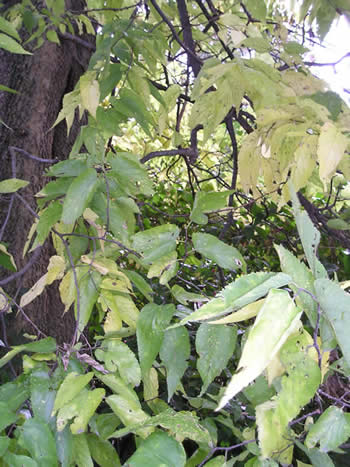hackberry tree leaves dying
In fact the two most common are really not problems at all. The hardy tree thrives in USDA zones 2 to 9 and grows 80 to 100 ft.
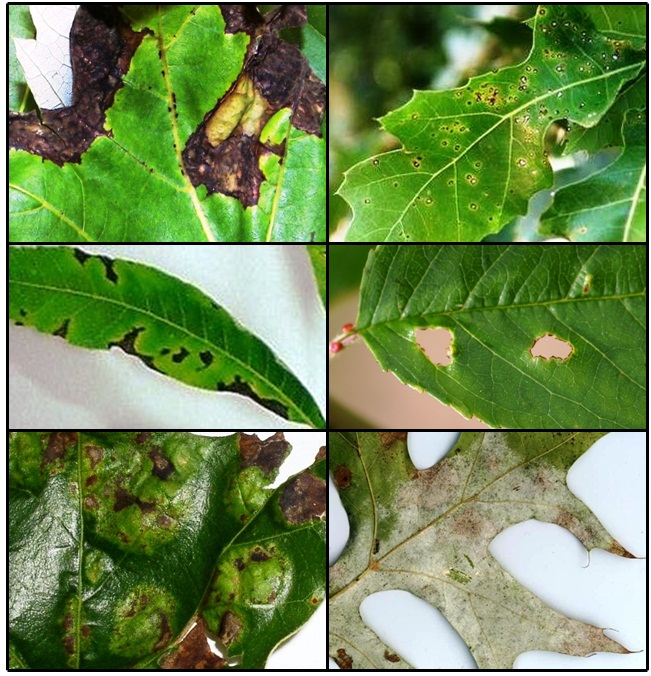
Anthracnose And Other Common Leaf Diseases Of Deciduous Shade Trees Oklahoma State University
When the honeydew coats the leaves and with this particular aphid.

. The fruit is a popular food for birds and small mammalian wildlife. The tree grows in hardwood forests and limestone ground in its. The browning of the hackberry Celtis occidentalis leaves is probably due to lace bugs.
Island chlorosis is a disease that. Planting Location and Essential Care. The hardy tree thrives in USDA zones 2 to 9 and grows 80 to 100 ft.
The hackberry is one. Cabbage loopers This well-camouflaged caterpillar chews a variety of holes in cabbage leaves and is a. Though they prefer high fertility and a pH of 60 to 80 these.
Also known as American hackberry common hackberry Celtis occidentalis is a fast-growing member of the elm family that typically grows to a height of. Hackberry trees are tough old birds that rarely express many problems. Lace bugs are sap feeding insects commonly found on the leaves of shade and ornamental trees in.
The small green caterpillar eats the flesh out of the leaves leaving only the veins. The bark of hackberry provides year-round interest in landscapes. There are 3-4 smaller branches where the leaves turned yellow and fell off leaving a bare branch.
These non-native aphids attack the tree by feasting on the leaves and secreting a liquid called honeydew. Hackberry tree may be referred to as Celtis occidentalis in this article in fact those are the same plants Celtis occidentalis is the botanical name for Hackberry tree. Hackberry Celtis occidentalis is a native tree of the US and is also known as common hackberry and nettletree.
Its attractive serrated leaves range from dull green to glossy and have unequal bases and tapered ends. It produces bumpy grayish bark and dark green simple foliage with low. Much of the fruit remains on the tree throughout winter.
Hackberries thrive in full sun to partial shade and are found in nature growing in moist soil. We have a very very large hackberry tree in our backyard. Hackberry trees in Denton County are being hit by hard by moth larvae.
The hackberry tree or Celtis occidentalis is a vigorously growing member of the elm family. In the fall months the leaves will turn into a bland yellowish color. Hackberry nipple gallPachypsylla celtidismamma.
Celtis Occidentalis Hackberry Minnesota Wildflowers

American Hackberry Learn About Nature

Brown Dying Or Scorched Tree Leaves Bacterial Leaf Scorch Faqs Organic Plant Care Llc Flemington Nj

Ask An Arborist Is My Tree Still Alive Sacramento Tree Foundation

Common Hackberry Umn Extension

Tips Information About Hackberry Gardening Know How
Hackberry Trees Losing Leaves 458560 Ask Extension
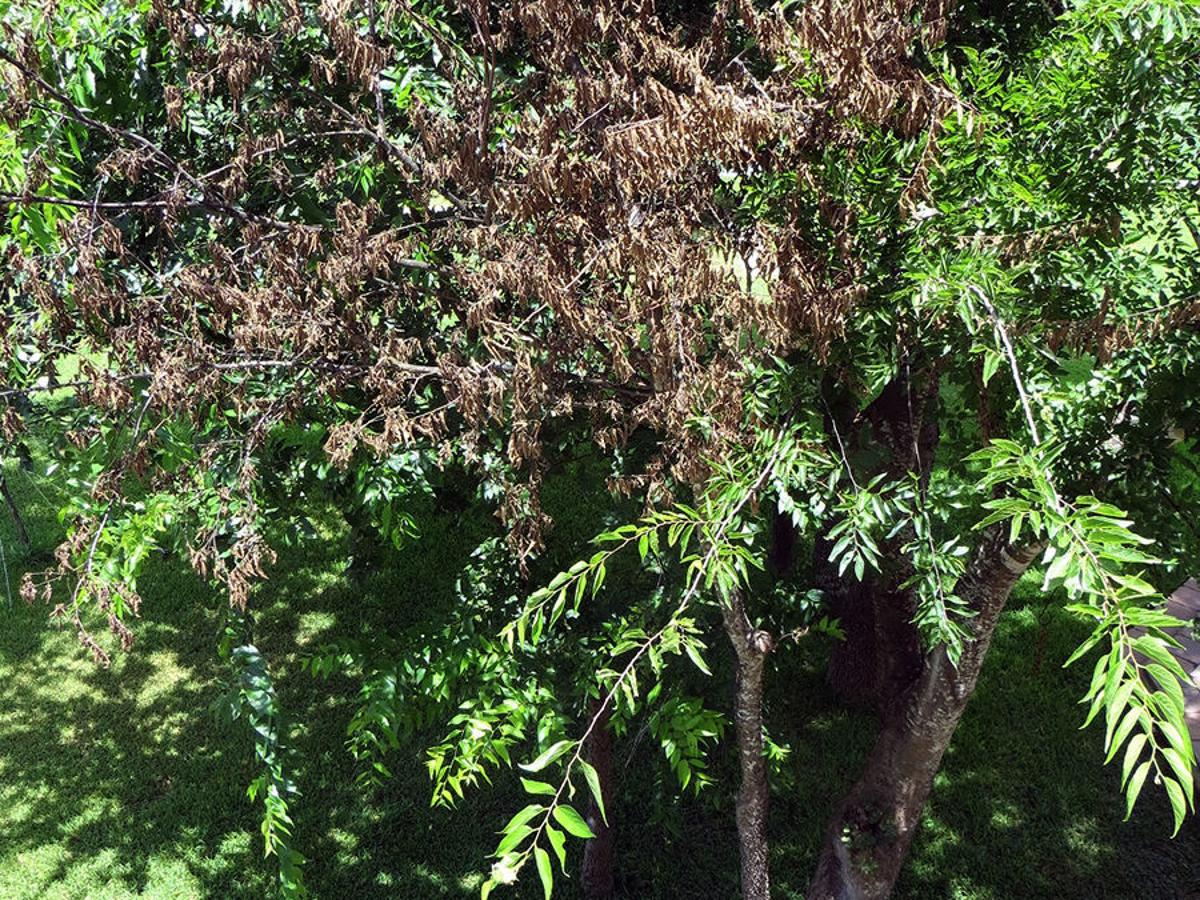
Sperry Hackberry Tree May Have Unseen Decay Latest Headlines Wacotrib Com

What Has Happened To My Hackberry Trees Tree Shepherds
Hackberry Dropping Leaves 402903 Ask Extension
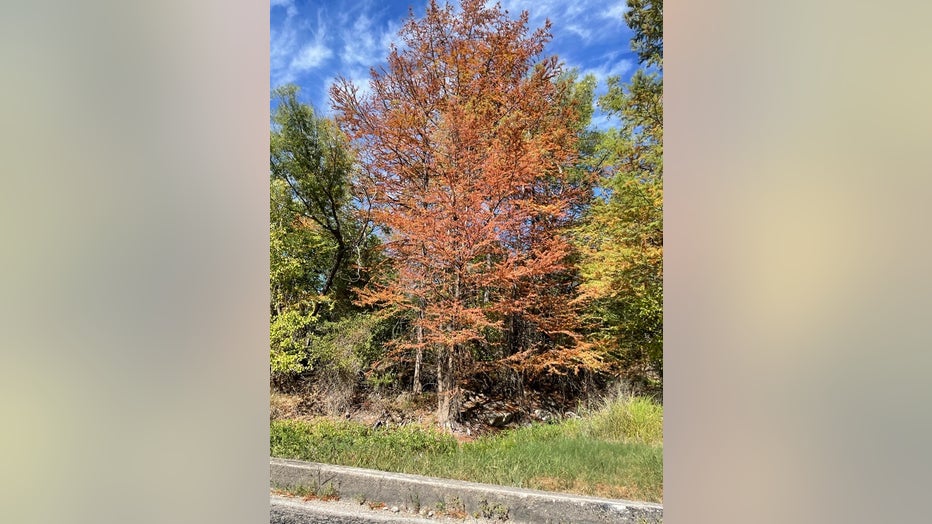
Drought In Texas How To Protect Trees In Extreme Heat Dry Conditions

Hackberry Trees Are Under Attack
Hackberry Turning Yellow With Curled Leaves 269764 Ask Extension

Hackberry Trees The Garden Bench
:max_bytes(150000):strip_icc()/red-buckeye-tree-care-and-growing-guide-5095549-04-906b7fe7e30840988f774bebf9654871.jpg)
Hackberry Tree Care And Growing Guide

Bacterial Leaf Scorch Affecting Oak Trees
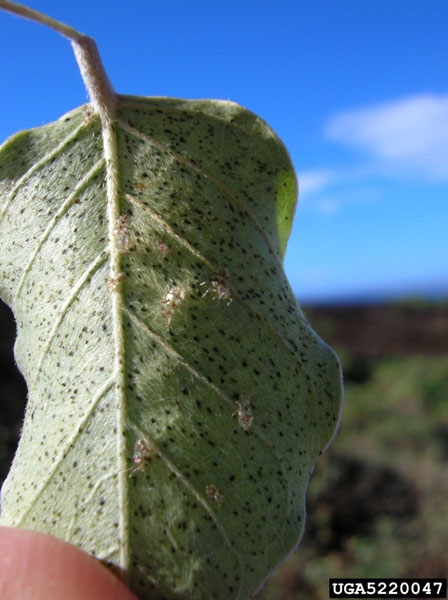
What S Wrong With My Plant Garden University Of Minnesota Extension

Celtis Australis Nettle Tree European Hackberry Pfaf Plant Database
